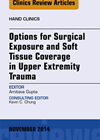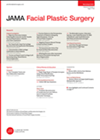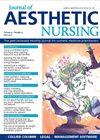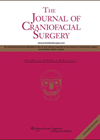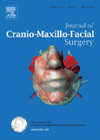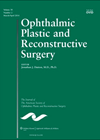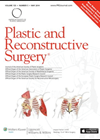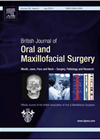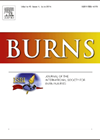
Journal Reviews
Exposures of the wrist and distal radioulnar joint
The article Exposures of the Wrist and Distal Radioulnar Joint presents its anatomical material in a logical manner, with headings and sub-headings clearly delineating the subject matter. The ‘Pitfalls’ and ‘Pearls’ sections adequately summarise the material covered, in a format...
Facial asymmetry in patients with deviated noses
Rhinoplasty of a deviated nose is known to be a challenge of its own kind, especially when patients presenting with a deviated nose are unaware of their underlying facial asymmetry. Patients with a successfully straightened nose, continue to perceive their...
Controlled trauma technique when injecting HA dermal fillers
The author presents an interesting discussion regarding the potential for enhanced neocollagenesis through a patented ArqueDerma® dermal filler technique. A thorough overview is conveyed of the dermal collagen matrix, including the characteristics of type I and type III collagen. The...
Guidelines for the management of craniosynostosis
A Dutch national working group developed this guideline with representatives from the societies representing 11 different specialties and the Dutch national patients’ society. Medical, social and psychological aspects of care for both syndromic and non-syndromic craniosynostosis are included, for both...
An overview of microsurgical reconstruction of the head and neck worldwide
Microsurgical reconstruction is an integral part of the treatment following ablation for malignancy or trauma. Currently there are no clear treatment guidelines following tumour resection. This was recognised a few years ago and in 2008 various collaborative groups were founded...
Facial reconstruction with polyethylene implants
Planning reconstructive surgery for complex craniofacial defects challenges even the most experienced of surgeons. In most cases surgery is undertaken to improve anatomical functioning. However, the anatomical structure of these regions is also critical to facial aesthetics and patient satisfaction...
Prostaglandin-associated periorbitopathy
This is a masked study of 33 patients who had been taking a prostaglandin analogue in one eye only for at least a year, to look for signs of prostaglandin-associated periorbitopathy (PAP). The investigators devised a new grading system to...
Repeated orbital decompression surgery
This is a retrospective review of nine redo orbital decompressions in six patients. All operations were performed for dysthyroid optic neuropathy, both initially and when repeated. The interval between first and redo decompressions varied from one to 15 years and...
Facial sensory rehabilitation
The authors of this paper show the results of their method for facial sensory rehabilitation using cross-face sural nerve grafts in three patients. All three patients had hemifacial anaesthesia after trauma or intracranial tumour resections and their symptoms varied from...
Two for the price of one multiple parotid neoplasms
With advancing years come many benefits, but one drawback is the acquisition of parotid (or thyroid) neoplasms. Conventional teaching is that most are benign and slowly enlarge, and not infrequently are found bilaterally as in Warthin’s. Pleomorphic adenomas are also...
Factors which predict the utilisation of plastic dressing clinics in paediatric burns
This paper seeks to identify which factors impact on the re-attendance rates at a paediatric outpatient service following a burn. A retrospective review of patients admitted to a single paediatric burns unit (Royal Hospital for Sick Children, Edinburgh) over a...
Burns debridement: VersajetTM vs. conventional debridement
A prospective randomised controlled trial was undertaken to compare conventional tangential burn wound debridement against the use of Versajet™ hydrosurgery in the treatment of partial thickness paediatric burns. Seventy-five children under the age of 16 were recruited for the study...

